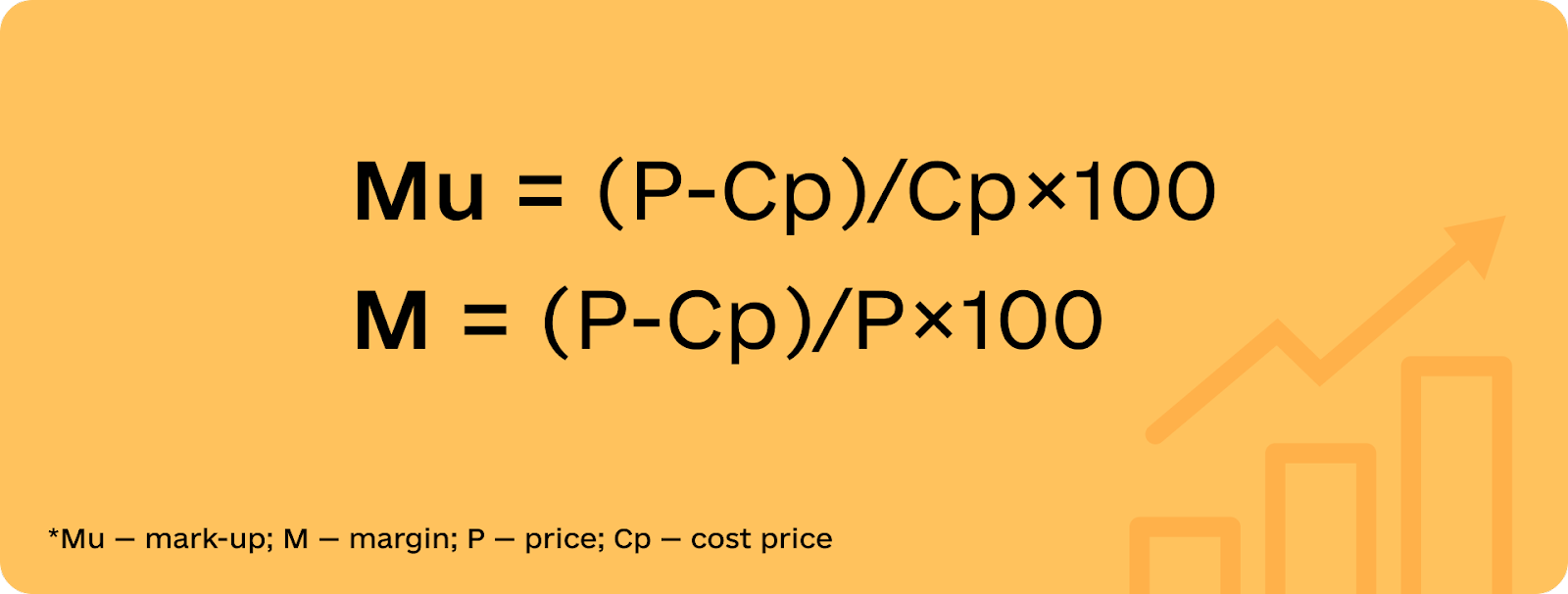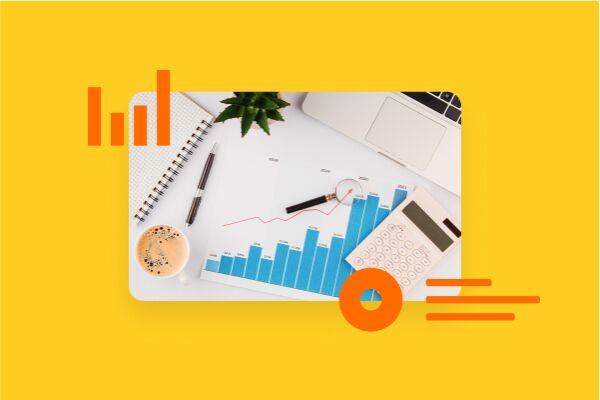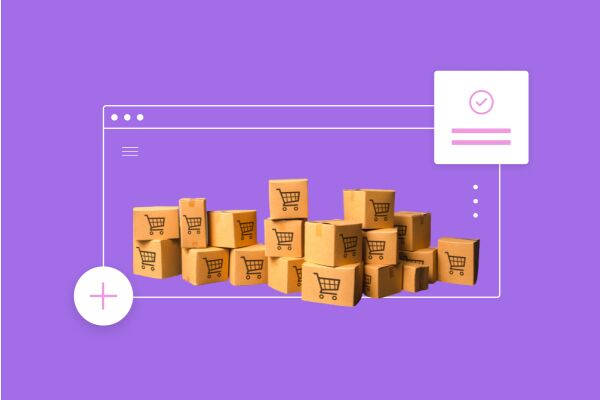Merchandise margin is a fundamental concept in trade. Sometimes the margin is confused with the markup or incorrectly calculated, which can lead to losses. In this article, we are going to tell you what the margin is, how to calculate it, and give you advice on how to increase it.
Merchandise margin is a fundamental concept in trade. Sometimes the margin is confused with the markup or incorrectly calculated, which can lead to losses. In this article, we are going to tell you what the margin is, how to calculate it, and give you advice on how to increase it.
Product Marginality
Margin is the difference between the selling price and the cost of the product. The margin shows how much profit the sale of one product unit will make, considering all its costs, for example, purchase, delivery, storage, etc. Margin is also called gross profit, and either name is correct.
How to Calculate Marginality
Marginality expresses itself in absolute or relative values - monetary units and percentages.You need to know the price of the product and its cost price to calculate the margin. In the case of expressing the indicator in monetary units, it is possible to calculate the margin by the formula:

There is another margin formula to get the relative value as a percentage:

Google Spreadsheets or Excel is handy for calculating margins. You write down the formula in the cell and get absolute and relative values by substituting the indicators.The higher the margin, the better for the online store, but very high values are rare. A margin of up to 30% is considered normal.
The difference between margin and markup
Margin and markup are often confused because they are very similar. The markup is added to the cost price and forms the price. So it turns out that in an absolute sense, markup equals the margin, but hold the cries of "we told you so!". A difference appears if you calculate these two indicators in percentages or at least compare their formulas.

For example, a product sells for $200, and its cost of sales is $120. In absolute terms, the margin and markup are $80. In relative terms, the margin is 40%, and the margin is 66%. The margin can never be 100%. Otherwise, the cost price should be 0.The markup can be at least 1000%.
Ways to Increase Marginality
To increase the margin seller must reduce the cost of goods or raise the price of it.It is easier to raise the price, but over time it may be too high for customers, and sales will fall. It is better to lower the cost of production, such as buying the product at a lower price. Perhaps finding a supplier can help you achieve favorable conditions for cooperation.
Warehouse rental and logistics costs make up a large part of the cost of production. One way to reduce them is to start selling on dropshipping. In this case, the supplier, who will send orders directly, will assume the costs of storage and delivery of the goods.
If none of the methods is suitable, perhaps your niche for the online store is not designed to sell goods with high margins. But not everyone will want to change the area they are used to, and then you can change the approach to work. For example, you sell only on the marketplace, which takes a commission for the order. You can add this percentage to the cost of the product. If you create your online store, there will be no commission, and thus the margin will increase.
The most marginal products
The product classification defines low-margin, medium-margin and high-margin products.The first category includes products of daily use.The margin for them ranges from 10-20% but is compensated for by the fact that there are many sales. Medium-margin products include everyday goods, such as building materials or household appliances. Here the margin can reach 50%.
Branded, luxury and seasonal products usually have high margins. There is a particular demand for them, due to which sellers can make a significant markup. Sales in such online stores may be low, but they make a profit at the expense of margins and a comprehensive average check. The following are high margins:
-
brand clothes;
-
jewelry;
-
perfume and cosmetics;
-
natural flowers;
-
luxury consumer products.
If the online store doesn't sell products from this list, it doesn't mean it has no profit. You can make money from many things — the main thing is to understand what is profitable to sell on the Internet.
Conclusion
Any seller needs to know the margin of his products to understand the profit he will receive from the sale. Margin is similar to markup, but they are different percentages and should not be confused. But you should not focus on the margin and think that the success of your online store depends only on it.





